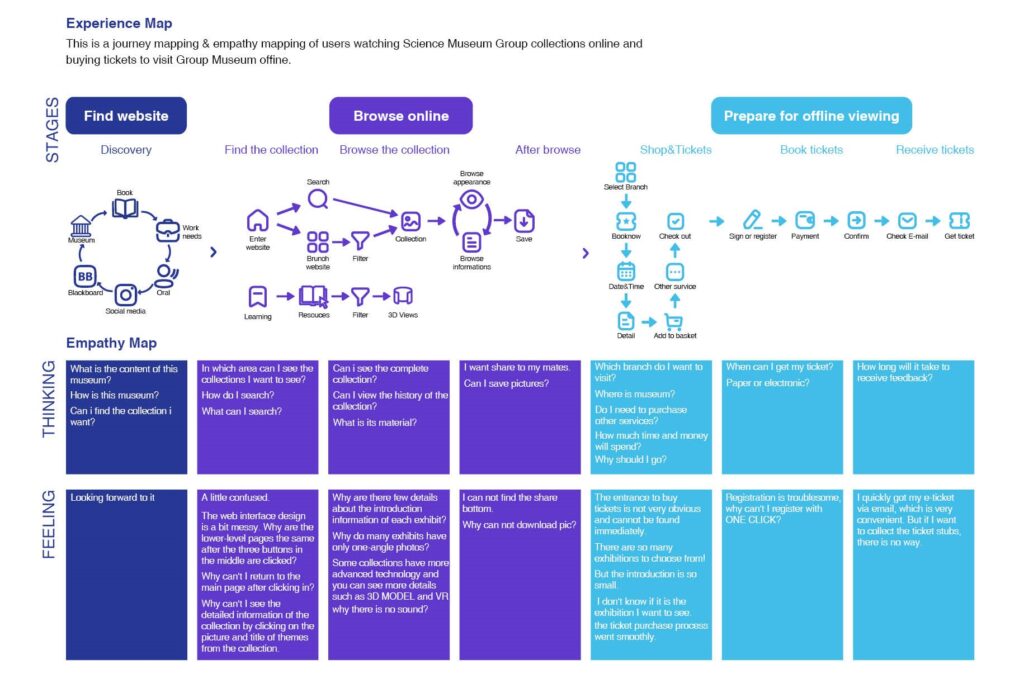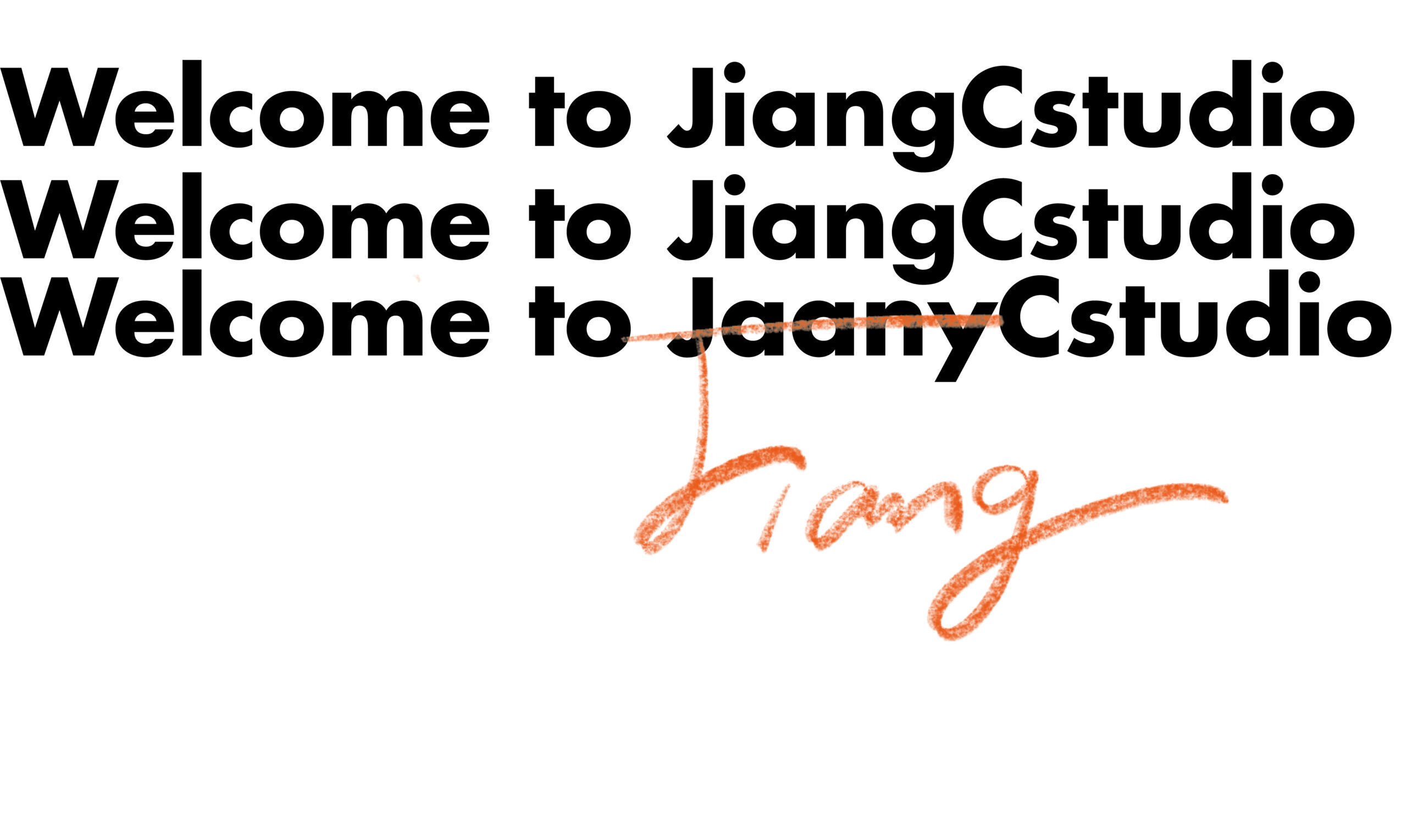It has been more than two months since I entered Postgraduate, which is the end of the first semester. This semester can be said to have been exposed to a lot of knowledge that has never been exposed before. If the undergraduate years are for a comprehensive understanding of design, then the first semester of study can be said to embed itself in design. In the past two months, I went through 5 projects, from the initial Mapping to the research part of the second part (User group), to Sketch and APP production and testing. Although it seems that the number of projects is large, I can recognize that this is a step-by-step process of learning the direction of UX/UI Design. And compared to other design projects, Communication Design will pay more attention to the process and user experience.
Seriously, the first semester was more difficult than I thought, not only because of the different professional perspectives but also because of the different learning styles. From my point of view, Mapping is more like a self-introduction and course introduction, so that students can have a certain understanding of the work that needs to be done next, so basically they will not encounter too many difficulties. However, many problems were encountered in the subsequent group tasks. This project has been planned for quite a long time, so I think it will be a very important part of UI design, and you can see this information from the brief.
This is a project that focuses on research and analysis. It is worth mentioning that this project is assigned to be carried out on a team basis, so cooperation among team members will be an important challenge. After getting Brief, I first looked for a partner who would work with me. Due to the many collaborative projects I have experienced over the past few years, I have a certain level of confidence in my collaboration and leadership abilities, even though I am and do not consider being a leader (group leader) in a group. My main goal, but I hope to play an active role in coordinating team members and improving work efficiency. In any case, I hope to be able to produce corresponding results during this period of cooperation.
First, we had several online meetings as there were still members in quarantine. The first meeting can be said to be quite difficult. The main difficulties are as follows:
1. Because the members are not familiar with each other, and many members (including me) have insufficient knowledge and experience in digital media, they will be overwhelmed.
2. Each member is good at different directions, so how to distribute the work will be difficult.
3. How to sort out the work content and improve work efficiency is also a difficult point.
Therefore, to solve these problems, it is necessary to have people who can coordinate the work, analyze the expertise of each member, and also need people who can provide constructive opinions. When we had the first meeting, we first put forward our opinions, but it was foolhardy to arrange the work content without knowing each other’s ability and work efficiency, so I decided to put forward my own opinions, Primary In the process of research, we need to collect the required information and data separately, and then summarize and analyze in the subsequent meeting, and arrange the following work. Fortunately, this proposal has been approved by everyone after it was put forward again, but there will be another problem – is this group cooperation? Sure enough, in the first tutorial, Danny also mentioned this point, which needs group cooperation. But I still think this is the most efficient way I can think of at the beginning, and it can also increase the understanding among the team members and pave the way for the follow-up work.
In the process of subsequent data analysis and secondary research, although we also encountered many problems, fortunately, the team members are very good and actively solve their own opinions and solve problems collaboratively.
In the follow-up work, because it is different from the previous design projects, there will be many difficulties. The design focus of Communication Design is different from that of other types of design works. Although from an artistic point of view, art is an interdisciplinary subject, the digital media interaction port will emphasize practicality and interactivity. Unfortunately, I didn’t realize this problem at the beginning of the project, so I often used the inertial thinking of learning graphic design before thinking about the problem. For example, in the analysis and production stage of the User experience map. After getting the materials of secondary research (that is, interview materials and book materials), my habitual thinking made me habitually classify and sort out, and I was ready to start making infographics. Consider how to improve the user experience. After interviewing several subjects, I got relevant information about user usage and objectively presented it in the chart, which is my usual practice. However, this way of thinking guided by inertial thinking will make the designer’s understanding of the design work only stay on the surface, and the deep reasons have not been explored. At the suggestion of my mentor and other members, I read a lot of materials to change the way I think about User experience map, as the guide book ADAPTIVE PATH’S GUIDE TO EXPERIENCE MAPPING (Adaptive path, 2013) says: A failure to examine the customer experience holistically and in context can lead to failure in meeting your customers’ needs. And this understanding is not only required to be comprehensive but also coherent because the user flow of UI/UX is linear, coherent, and needs to be logical. Afterward, I observed and learned the experiences and mindsets of other designers in making User experience maps, and thought about how to maintain a balance of comprehensiveness and coherence.

When referring to many designers to make User experience maps, I found that many designers separate the user group from the linear experience of the user. So I’m thinking about how to connect this information and intuitively find user pain points in this linear relationship. When we make the User experience map, we need to connect the whole to find the existing problems (the pain points of users). Fortunately, I noticed this in time at work, and I was able to correct my wrong way of thinking in time.
In the final User experience map, with the help of the team members, I classified the linear process used by users, and found the focus, corresponding the linear time objective process and the supervisor’s feelings, and sorted out the pain points. Finalize this part of the diagram. In the early stage of this project, I had insufficient knowledge of UX and no relevant work experience, so it was very difficult, but solving difficulties was also a part of the learning process. With group cooperation, I sorted out and finally completed the visual process of transformation.

Although many problems were encountered during the subsequent projects, project 02 was the most memorable. Because this project simulates the future workflow in the workplace well, it provides a good experience for future professional designers.
First of all, cooperation is very important in a designer’s career. After all, one’s power is limited. Cooperation can improve one’s inertial thinking. Just like when I was thinking about the process of making a User experience map, I corrected the way of thinking in time. is a very important key point. Secondly, in the process of making an APP, it is necessary to focus on the user. Although the audience’s experience of use will also be considered in the study in college, it is the first time that the user is the center of the design and everything is designed around the user. Touch, which also made me realize that user experience is far more important than visuals in interaction design. The third point is that critical thinking is required. Criticism is not only about thinking about others, but also demanding about yourself. This kind of criticism is not about thinking about the final output, but in the process of analysis, leaving the perspective of a designer and putting yourself in the position of a user, asking questions, and improving yourself. From this perspective, the same is true for the testing that was conducted several times in the process of project 04, which is a key part of continuously improving the user experience. This also provides valuable experience for future designer careers.
Reference
1. Adaptive. P, (2013) ADAPTIVE PATH’S GUIDE TO EXPERIENCE MAPPING, San Francisco.
2. Aakifa. P, (2021) Revamp – UX / UI Case Study, Available from: https://www.behance.net/gallery/124602129/Revamp-UX-UI-Case-Study
